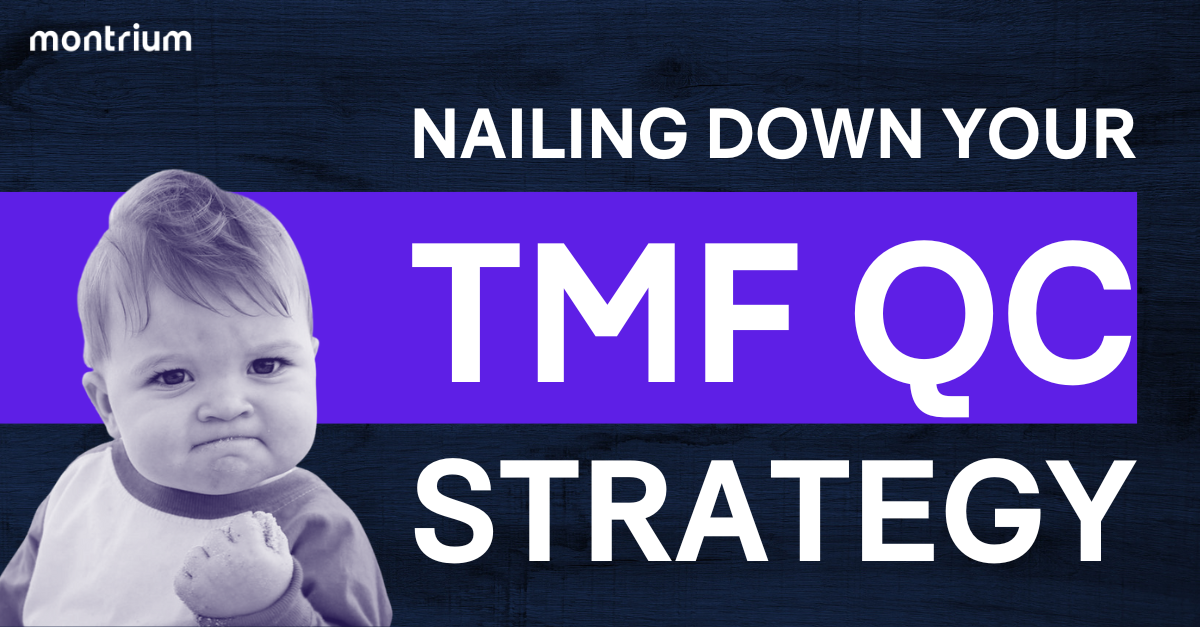
It’s an acronym we hear all the time in the trial master file industry. But what does it mean? Quality check? Quality control? Well, it can actually mean both—but more on that later. When it comes to ensuring the quality and inspection readiness of your trial master file, QC (in both of its forms) is absolutely crucial.
Defining a successful QC strategy can be the difference between barely meeting your objectives and crushing those KPIs. But not everyone has the experience or knows exactly what to check when performing TMF QC. Luckily for you, though, there is a way forward! In this article, we’ll discuss how you can identify the different levels of QC to be carried out based on the final scope of the activity, why each of these different types of TMF QC is essential for maintaining the health of your trial master file, and how to define your QC strategy.
Here's what we'll cover:
- Overview of QC
- The core of your QC process: Document QC
- Making sure everything is in its place: TMF cross-checks
- Keeping your eye on quality: TMF oversight
- Getting to the bottom of it: TMF health checks
- The nuts and bolts of a TMF QC strategy
- Developing a TMF QC strategy doesn't have to be hard
- Key takeaways
Let's go!
Overview of QC
You can think of the different levels of QC as a procedural onion of sorts, with several layers ranging from more granular and focused, to larger and holistic. Each layer is critical not only because of its own specific function, but also because each one is necessary to have in place so that you can build the next layer on top of it. If my onion metaphor is starting to make you tear up and you’re feeling a bit lost, I present the following diagram to help visualize the stratification of QC as it pertains to your TMF:
-3.png?width=1245&height=668&name=Untitled%20design%20(6)-3.png)
This diagram also helps to answer our earlier question about whether QC means “quality check” or “quality control”. As you can see, it does indeed stand for both! When talking about QC at a document level, we’re referring to doing a quality check. And when discussing QC at the broader TMF level, we’re referring to quality control. The main types of QC to be performed on the TMF are:
- Document QC
- TMF QC or cross-check
- TMF oversight
- TMF health check
Basically, all of these different varieties of QC can be considered different perspectives of the same activity—that is, ensuring the quality of your TMF—but the approach and the methodology are different for each one. Now that we’ve got a better handle on the general structure of QC, let’s hit the zoom button and zero in on document QC.
The core of your QC process: Document QC
At the core of your QC onion is document QC (remember: document quality check). Document QC is the starting point and the very first level of QC to be performed on your TMF. Forgive me for bringing in another metaphor, however I’m sure you’ve already heard the TMF referred to as the “storyteller” of your clinical trial. To tell a good story, each chapter and each page must be sequential, readable, and free of errors. And your TMF is no different. You need to make sure that you don’t have duplicate documents or quality errors within those documents, otherwise your story will be unreadable—and your TMF will not be ready for inspection. As such, performing document-level quality checks is imperative to ensuring the overall quality of your trial master file.
Making sure everything is in its place: TMF cross-checks
Now, let’s take a step back to look at higher-level TMF QC (quality control) or cross-checks. After you’ve gone and done your document quality checks, you need to think about the TMF from a more holistic point of view. All of the individual documents collected must be linked together in order to tell the story of your clinical trial.
Think about the informed consent form. In the case of multiregional trials, this document needs to be translated into different languages and must be accompanied by a certificate of translation. Additionally, in order to guarantee the safety and rights of your patients, a back translation must be performed, and a certificate of back translation must also be issued. So, the creation of one document (the informed consent form) has spawned four other documents (the translation, the certificate of translation, the back translation, and the certificate of back translation), all of which need to be linked together. The relationship between these documents within the TMF can be verified by a cross-check. The object of this level of QC is not the quality of a single document, but rather the presence of documents linked to one another. Thus, it constitutes the second level of QC to be carried out on a package of documents after quality checks have already been performed on the documents themselves.
Keeping your eye on quality: TMF oversight
Zooming out a bit further, we come to an even broader type of TMF QC: oversight. TMF oversight is a method of general QC to be performed based on the three main metrics that we track in the TMF, those being completeness, timeliness, and quality. Oversight enables you to get a glimpse into whether your documents are being filed in a timely manner, whether you’re missing documents, and whether the documents being submitted are of high quality. Basically, this big picture analysis tells you whether your TMF is ready for regulatory inspection—or not. Of course, you’ll need to establish a solid metrics program—and maybe a powerful eTMF system with real-time metrics—in order to identify which parameters to check and what the final outcome of your oversight will be.
Getting to the bottom of it: TMF health checks
Last but not least, we have the TMF health check. This complex layer of the TMF QC onion entails a deeper analysis of a specific portion of the TMF, often one that is identified as a high-risk zone or section. A TMF health check digs deeper into not only the quality, completeness, and timeliness of the TMF, but also involves performing a root cause analysis of the quality issues discovered with the goal of creating a corrective and preventive action (CAPA) plan. Like most types of QC, health checks are most helpful when performed on a regular basis so as to avoid unpleasant findings during an audit or inspection.
The nuts and bolts of a TMF QC strategy
If I haven’t already convinced you, I’d like to take a moment to hammer home the point that performing QC is one of the most critical facets of the TMF management process. As such, you need an effective strategy in order to make sure that you’re doing it correctly and in a way that effectively snags quality issues before an inspector does. And you can’t just whip this process up overnight. There are a multitude of factors that you’ll need to take into account whilst developing it. For starters, your process needs to be thoroughly captured in one of your standard operating procedures or work instructions. You’ll also need to keep in mind that your team will require training to ensure that they understand the goals and deliverables of each type of QC. Not to mention, if you want to remain compliant with regulatory requirements—and I assume you do—then you’ll need to implement a risk-based approach.
Despite being a requirement, however, you should view the implementation of a risk-based approach as a potent inspection readiness tool instead of a punishment. You can leverage this risk-based approach as a guiding light to help you make strategic decisions. For instance, how do you know which package of documents you should start performing a cross-check on when there are several thousand documents to pick from? Well, you can find the answer to this question by applying your risk-based approach to determine which packages have the highest risk and need to be verified as soon as possible.
Developing a TMF QC strategy doesn’t have to be hard
If all of the above has left your head spinning as to how you can even start building a TMF QC strategy with so many things to consider, you’re not alone. There are two important points to remember when setting out on your TMF QC journey: 1) the final goal is always to have an inspection-ready TMF, and 2) help is always near.
Montrium’s eTMF Services are on-hand and ready to support you in defining an outstanding QC strategy. And, if your organization is struggling from a lack of internal resources, we can also provide you with a team of skilled experts who can do the heavy lifting for you. If you want to achieve a healthy TMF that will have you feeling confident when inspection time rolls around, then it might just be time to enlist a second set of eyes to assess your unique TMF QC environment.
Key takeaways
- Performing QC is the key to maintaining a healthy TMF and staying inspection ready
- There are several different levels (or layers) of QC to be performed on the TMF
- Document quality checks are the core of all QC activities
- Cross-checks are necessary for ensuring everything is in its place
- Leverage the metrics you’re tracking by performing purposeful TMF oversight
- TMF health checks help you put risks to bed and regain confidence
- Developing a QC strategy is a complex task, but Montrium’s eTMF Services are always available to help
Developing a TMF QC strategy isn't the only thing our eTMF Services can help you with. Find out how we can help you scale your TMF practice in a matter of weeks below 👇
.jpg)
Donatella Ballerini
Donatella Ballerini is the Head of eTMF Services at Montrium. She has over 12 years of experience in the clinical trial space and previously served as Head of the GCP Compliance and Clinical Trial Administration Unit at Chiesi Farmaceutici. She specializes in ensuring the compliance of all clinical operations processes with ICH-GCP and guaranteeing continuous inspection readiness of the TMF.




.png?width=970&height=250&name=Scale%20your%20TMF%20practice%20in%20a%20matter%20of%20weeks%20(2).png)
-1.png?width=970&height=250&name=Scale%20your%20TMF%20practice%20in%20a%20matter%20of%20weeks%20(1)-1.png)

-1.png)
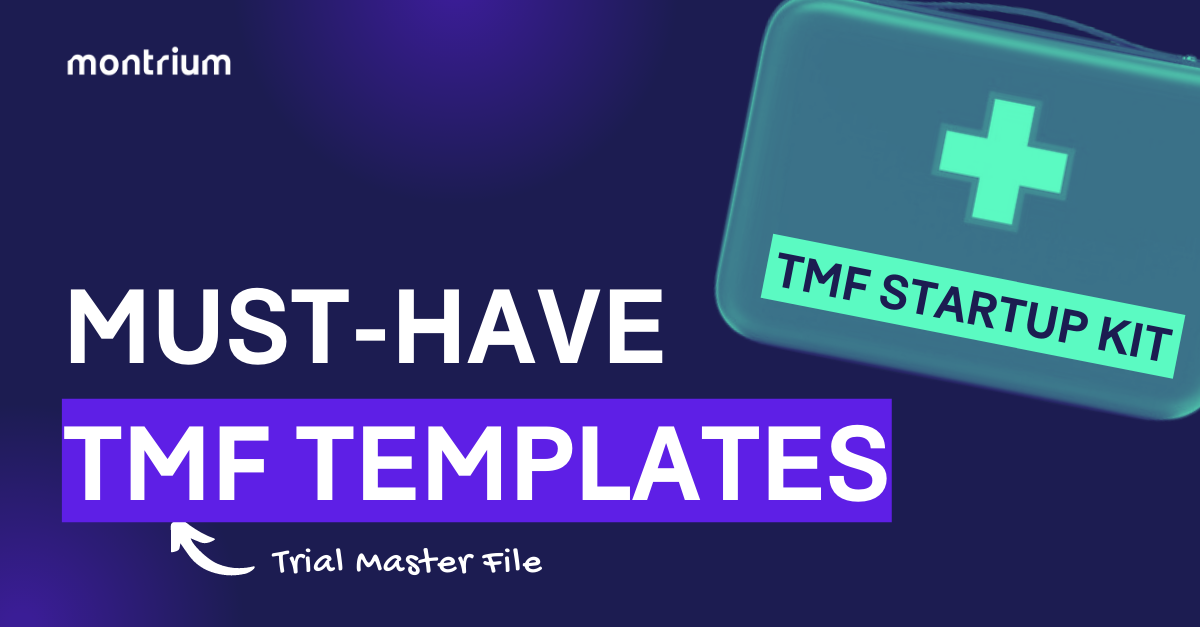
-1.png)
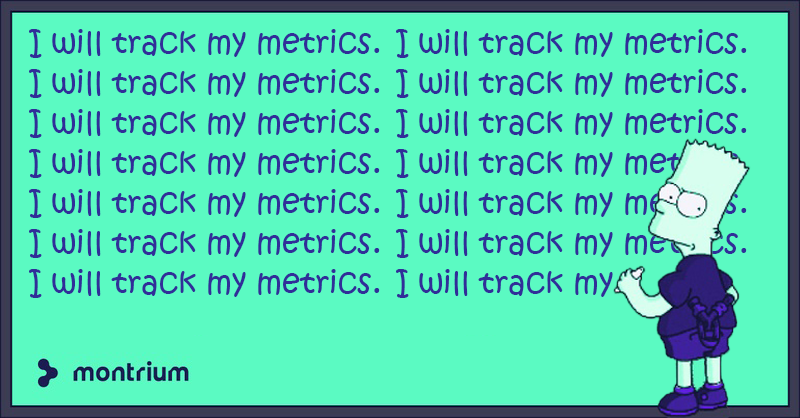
.png)
.jpg)
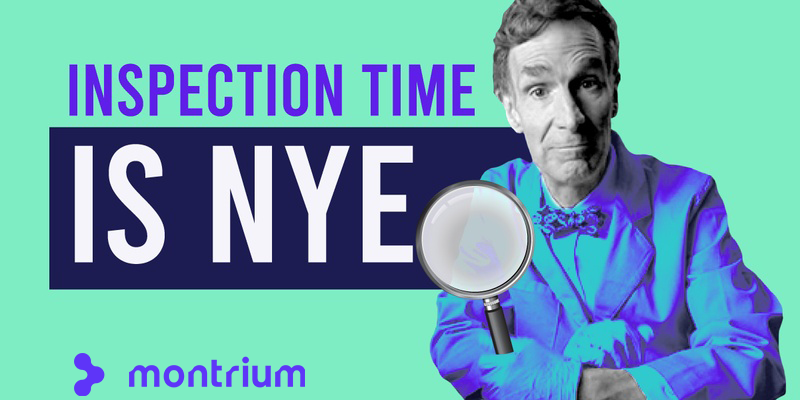
-1.png)
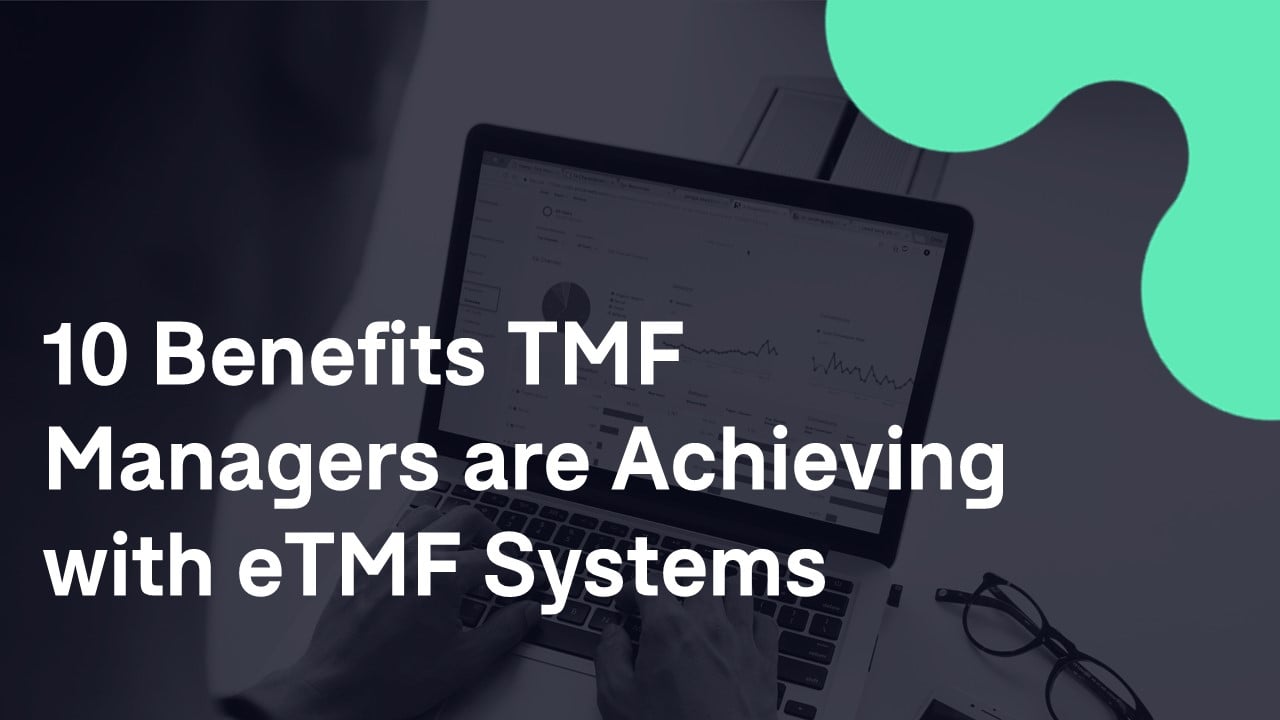
.jpg)